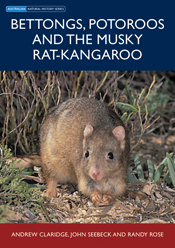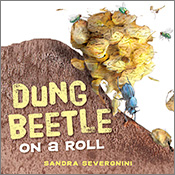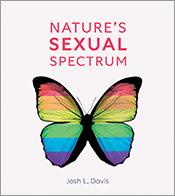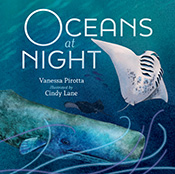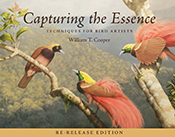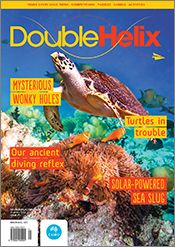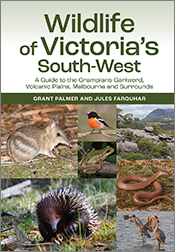Bettongs, Potoroos and the Musky Rat-kangaroo

Provides an extraordinary glimpse into the secretive lives of these unusual marsupials.
Rat-kangaroos have not coped well with the impact of European settlement in Australia. Of the 11 species present in 1788, two are extinct, two are either mostly or totally restricted to offshore islands and the range of all other species has been much reduced. Habitat alienation, altered fire regimes, grazing, predation by introduced carnivores, competition from rabbits and timber harvesting have variously taken their toll on these little-seen animals. + Full description
The rat-kangaroo was one of the first Australian marsupials to be seen alive in Europe. Collected close to the settlement at Sydney Cove, a pair of them were exhibited in London in 1789. These animals were called by the local Aboriginal people 'Pot-o-roo', and by the European settlers, 'Kangooroo rat'. They were the Long-nosed Potoroo, Potorous tridactylus, the first of what we now call 'Rat-kangaroos' to be discovered.
Bettongs, Potoroos and the Musky Rat-kangaroo provides an extraordinary glimpse into the secretive lives of these unusual marsupials. It also reveals little-known facts about the critical functional role these creatures play in maintaining the forest and woodland habitats in which they live.
Winner of the 2008 Whitley Award for Natural History.
- Short descriptionNews
No longer available in a print edition.
Reviews
"This book is clearly written, filled with sound science, and is appealing because it is so personal, opinionated and conservation orientated. It was a standout to receive a Whitley award."
Daniel Lunney, Australian Zoologist, Vol 35 No 1, 2009
"Bettongs, Potoroos and the Musky Rat-kangaroo does an excellent job at tying all the research of the different species together into one volume. Overall the presentation of the maps, figures, and photos is excellent."
Stephen M. Jackson, Journal of Mammalian Evolution, 2008
"I have long been a fan of the Australian Natural History Series, which I regard as one of the most important publishing initiatives in the field of Australian biology. This series is a path leading us to more knowledge of this wondrous land - and this book is an excellent step further along it."
Ian Fraser, ABC Radio, October 2007
Details
ePDF | September 2007ISBN: 9780643095083
Publisher: CSIRO Publishing
Available from eRetailers
Features
- Provides a fascinating and readable account of an unusual group of marsupials
- Written by biologists with many years field experience working with Rat-kangaroos
- Reveals little-known facts about the unique fungus-eating habits of these creatures
Contents
1 Introduction2 Distribution and habitats
3 What makes rat-kangaroos different?
4 Field research methods
5 Biology and behaviour
6 Reproductive biology
7 Diet and nutritional physiology
8 Habitat requirements
9 Conservation and management
References
Index
Authors
Dr Andrew Claridge is a Research Scientist with the New South Wales National Parks and Wildlife Service. He has undertaken a range of studies about rat-kangaroo ecology and conservation management over the past 18 years.The late Dr John Seebeck was a Research Scientist with the Victorian Department of Sustainability & Environment and a long-time member of the Australian Mammal Society. Over a period of 30 years, he was mainly involved in ecological studies of rat-kangaroos in Victoria, and more latterly played a significant role in coordinating recovery programs for endangered species such as the Long-footed Potoroo.
Dr Randy Rose is an Honorary Research Associate at the University of Tasmania. He taught Zoology for 36 years at the University of Tasmania, retiring as Associate Professor in 2006. He researched the physiology and reproductive biology of most Tasmanian marsupials but in particular he and his many students studied the Long-nosed Potoroo and Tasmanian Bettong.

